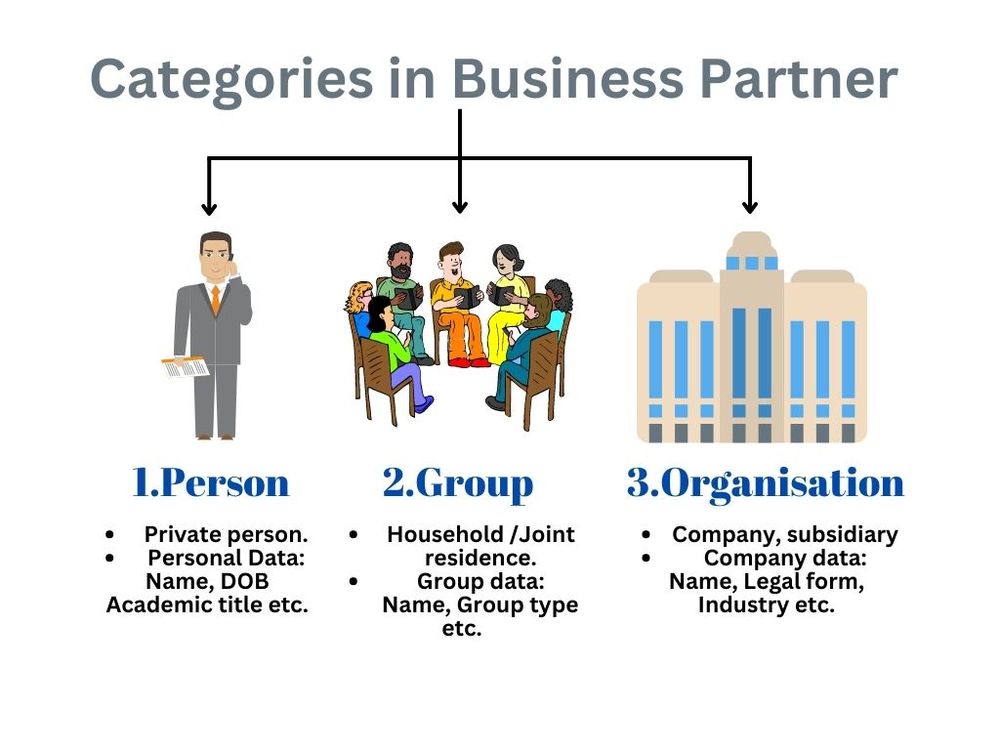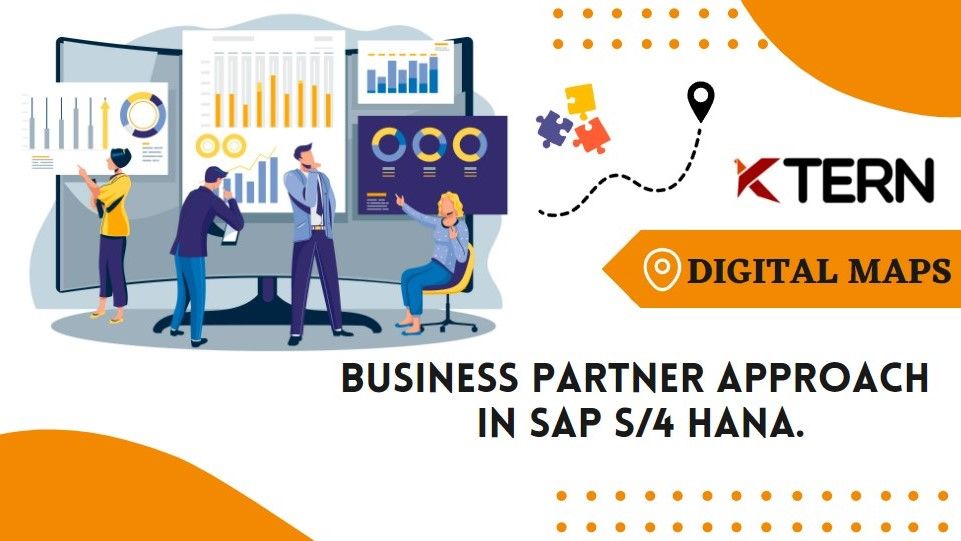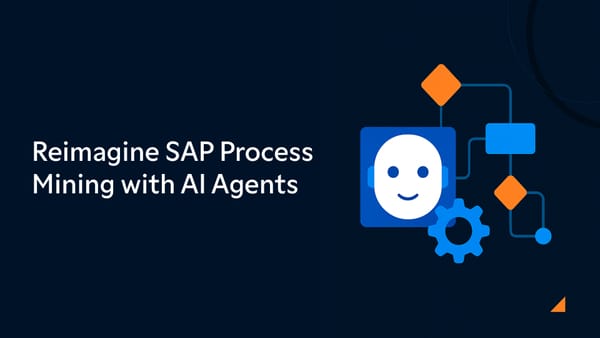Business Partner Approach in SAP S/4HANA 2022
SAP S/4 HANA and its Key Features:
S/4 HANA is an Enterprise Resource Planning (ERP) software suite designed to help businesses manage their finances, operations, and human resources. It is a successor to the SAP Business Suite, and is built on the SAP HANA platform. S/4 HANA is intended to provide a more simplified and streamlined user experience, as well as provide better insights and analytics for businesses.
S/4 HANA provides a comprehensive suite of functionality for businesses of all sizes. It offers a number of key advantages over traditional ERP systems, including:
• A simplified, streamlined user interface that is easy to learn and use
• A powerful in-memory database that delivers fast performance and reliability
• A comprehensive suite of functionality that covers all aspects of business operations
• A cloud-based deployment option that makes it easy to get started quickly and scale as your business grows.

What is Business Partner in SAP?
A Business Partner in SAP is an entity that you work with to exchange business data. A Business Partner can be a customer, supplier, or partner company. In order to create a Business Partner in SAP, you must first create a master data record. The master data record stores the essential information about the business partner, such as contact information, addresses, and bank data. You can then create Business Partner relationships to share data between your company and the other Business Partner.
How can Business Partners benefit from using S/4 HANA?
S/4 HANA can provide a number of benefits for Business Partners. First, it can help improve the accuracy and timeliness of financial data. This can help partners make more informed decisions about their business operations. Additionally, S/4 HANA can help improve process efficiency and enable partners to respond more quickly to customer inquiries. Finally, S/4 HANA can help partners reduce costs and improve their bottom line.
S/4 HANA can help organizations to become more efficient by improving the processing of transactions and data. Organizations can also make better decisions faster with the help of S/4 HANA's advanced analytics capabilities. Additionally, S/4 HANA's enhanced security features can help to protect your organization's data.As a whole it provides increased efficiency, faster processing, improved decision-making, and enhanced security.
What is Customer - Vendor Integration :
The Customer Vendor Integration is one of the major changes in S/4HANA compared to ERP and requires considerable efforts in preparing the ERP system for conversion to S/4HANA. First lets know how Business Process evolved, In the ERP system and also in other strategic applications,we have been using this Business Process data model for a reasonable time and the customer and vendor master records,those two objects were in use in the SD and MM modules.
Therefore, there was some level of inconsistency within this. And we also had some limitations in ability to maintain multiple addresses, inability to maintain time-dependent addresses, and keep or create relationships between Business Partners.Those were some of the limitations that we had
in the customer/vendor data model.
When it comes to S/4HANA Business Process becomes the leading object,
and that applicable to all the applications within S/4HANA and also all the modules. But customer and vendor objects are still being used
by the SD and MM modules. However, they are part of Business Process,
created as roles within Business Process.
The structure of Business Process model:
Business Process is the central object and a strategic object model in SAP S/4HANA. Business Process comes with three different categories those are organization, person, and group.And this was one thing that was not possible in the customer and vendor data model. It is possible to assign multiple roles for a single Business Process such as customer role, vendor role, and so on.
The general data which is maintained at the Business Process level
is shared across different roles of the Business Process and it is possible to maintain multiple addresses ,time-dependent addresses, bank data and also relationships. Relationships between Business Processs are possible,
and the Business Process data model provides a harmonized architecture
across all applications.
Categories in SAP Business Partner:
- The first one is person, which actually represents a private person in the system, and this holds the data of the person, or the personal data of the person, including the first name, last name,date of birth and so on.
- In the second category is the organization, which represents a company or a subsidiary within the system. And it holds the company data, including name of the company, legal form, industry, tax information, and so on.
- The third category is group, which is not so much used, but it holds
the household and joint residence information in the system.

Roles in SAP Business Partner:
Business Partner is the central object and any time you create a Business Partner, the general role is part of that. And then you can add, depending on the functionality requirement to this Business Partner, additional roles. Some of the standard roles that come in the S/4HANA system are :
- Supplier
- Customer
- Contact person
- Employee
It is also possible to create your own custom roles. It's possible to create some functionality that would be specific to your requirement.
Relationships in SAP Business Partner:
Business Partners can be linked using relationships.There are predefined relationship categories available in the S/4HANA system. Let's say you create a Business Process of category organization and another Business Process of category person and you can link these two Business Process using the relationship category contact person. It is also possible to create your own custom relationship categories.
For example, if you want to create a category called agent, you can do that, and then you can have two Business Processs, and link the two Business Processs with this new category, relationship category called agent. Time-dependent relationship can be maintained. Also in the system, it is possible to display the relationship as list or hierarchy or network.
Business Partner Creation:
All the three aspects of the Business Partner work together in conjunction the categories, roles, and relationship.So you can create a Business Partner of category organization and that will have, obviously, the general role.
In addition to that, you can have a customer role holding the company data, another customer role holding the sales organization data. And then you can create another Business Partner of category person in this case Ms. Miller with the general role, and a contact person role.
A relationship can be created between these two using the relationship category contact person and therefore in the system, you will see that Ms. Miller is a contact person for the company.
So when you create a Business Partner, all the data relevant to the Business Partner is saved using the Business Process APIs in the Business Partner tables, which are also known as BUT tables.
And then, the CVI interface actually will process the customer-specific and vendor-specific data and save the data into customer and vendor tables using the relevant APIs. And once that is saved, a link table is also established between the Business Partner and the customer or the vendor.
CVI synchronization in S/4 HANA:
CVI synchronization actually is available in both the ERP as well as in the S/4HANA system. In the ERP system, the CVI synchronization direction is from customer to Business Process and vendor to Business Process. The leading object in the ERP system is customer and also the vendor. And the background object is Business Partner.
In other words, if you create a customer, once the CVI is established, or the configuration is completed and activated, the Business Partner will be created in the background.
When you move to the S/4HANA system, The CVI synchronization direction is changed from Business Process to customer and Business Process to vendor
because Business Process is the leading object in the S/4HANA system,
and therefore the direction is from Business Process to customer and Business Process to vendor, and the leading object is Business Partner,
and the background objects are customer and vendor.
So in this case, if you will change or update a Business Partner or create a new Business Partner,in the background, the CVI synchronization, or CVI interface, will actually create the roles and the data relevant to the customer and vendor.
Next steps :
S/4 HANA is a major change for SAP and for Business Partners. It's important to understand the implications of this change and what it means for your business. If you're not prepared for S/4 HANA, you could be left behind. So don’t be left behind, click the link right infront and kickstart your transformation.
https://ktern.com/digital-maps
If you are interested in knowing more about how to get started with the journey using KTern.AI, please do contact us for a one-on-one demo that could help you get started.



